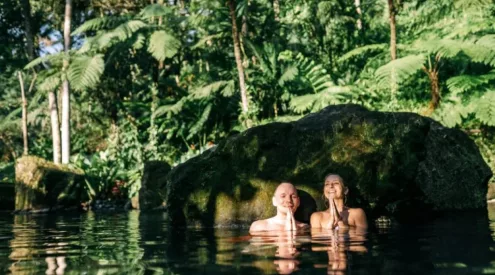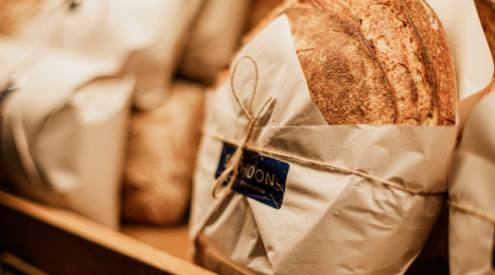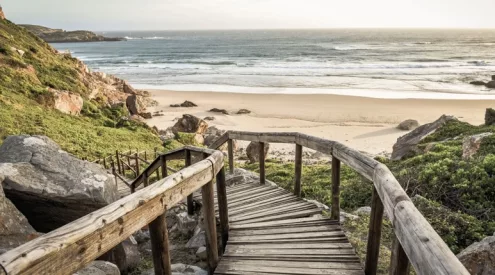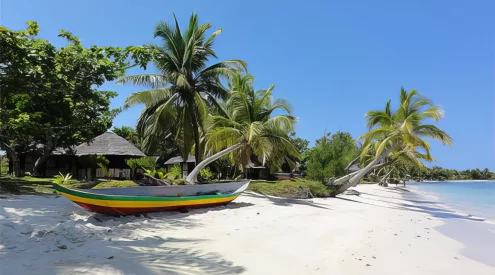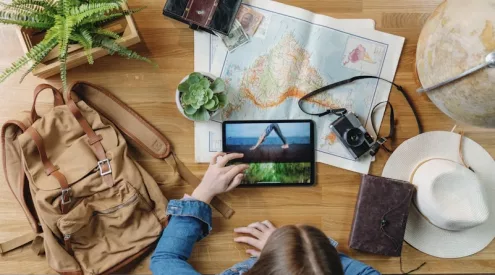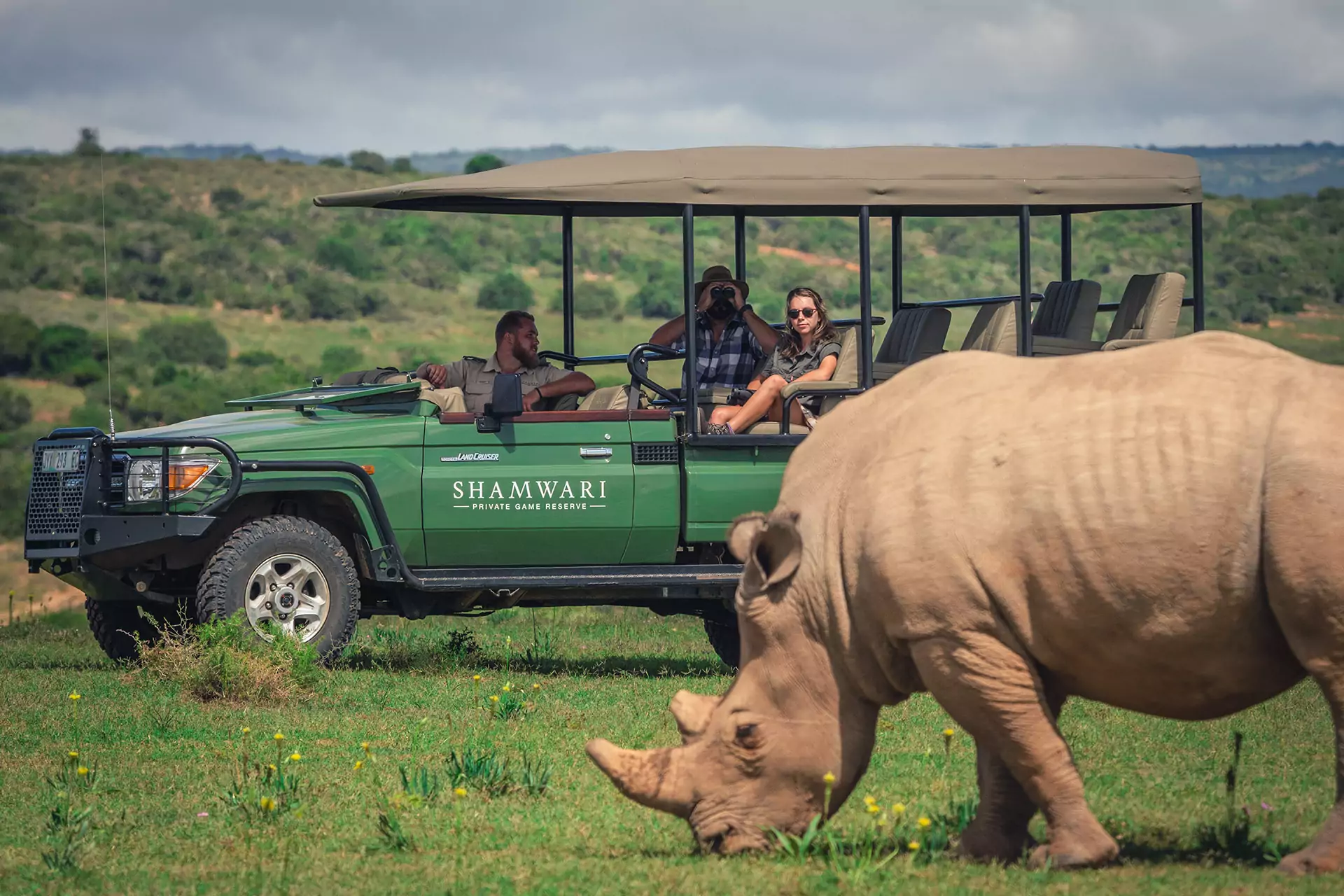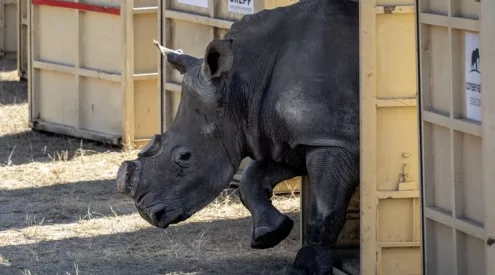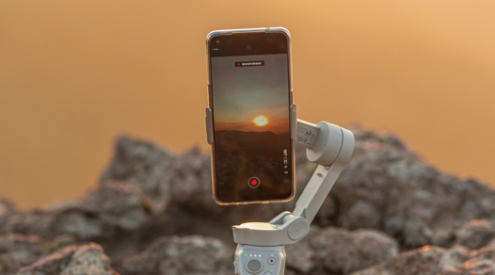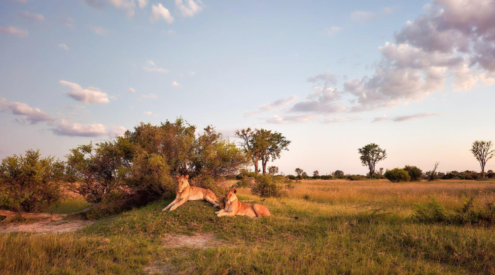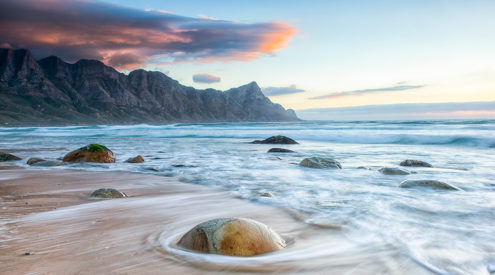For our November Masterclass edition (see the winner and runners up here), we embarked on a lengthy interview process with three top photographers in three vastly different fields. They shared their tips for travelling with their gear, and what they take with them on assignments.
I would like to extend a huge thanks to Peter Chadwick, Liesel Kershoff and Ben McRae who gave extensively of their time and input, not to mention some great tips. Here is what they had to say.
Peter Chadwick
Genre: Wildlife and Conservation

Peter Chadwick – Image by Jean Tresfon.
What project/travel plans are you currently involved in?
The remainder of 2014 is packed to the brim for me with photographic trips that overlap into conservation. In November, I am pulling together a project in the Bimini Marine Protected Area in the Caribbean.
What gear will you be taking for this?
The projects I work on are diverse so I carry a full range of Nikon lenses, from my 17 – 35mm wide-angled lens, right through to my 500mm f/4 telephoto lens. I use Nikon D3s camera bodies, which provide excellent results and can withstand the rugged and harsh conditions that I work in. I’ll also take a 13” MacBook and at least three portable hard-drives for backing up all of my images.
What tips can you give for transporting gear safely?
Make copies of your images onto your computer and to different portable hard-drives to ensure images are safe from electronic breakdowns, accidents or theft. Place these portable hard-drives into different bags and keep one on you at all times in a carry pack. Protect your images – while insured gear can be replaced, images cannot.
Have you had any accidents/learning curves whilst transporting equipment?
In Seychelles in 2010, I got caught in the open in a sudden deluge of heavy rain that totally flooded my camera body and 500mm lens. Since then I always carry gautex sleeves that can quickly be slipped over any gear to protect it from extreme weather events.
What can’t you go without?
I pack an empty cloth drawstring bag, and once I reach my destination I buy a 2kg bag of salt. Placing it in the bag creates an effective camera support.
Wildlife photography tips
Avoid taking a stock-standard wildlife photo by pausing before you shoot and truly looking at the scene. What do you want the story to say? Focus on that idea by using the most suitable lens. Wildlife photography requires versatility in both your way of thinking and equipment list, so brace yourself for a heavy backpack.
Liesel Kershoff
Genre: Landscapes

Liesel Kershoff.
What project/travel plans are you currently involved in?
My next trip is planned for Richtersveld Transfrontier Park in the Northern Cape.
What gear will you be taking for this?
I will be shooting landscapes as well as time-lapse. I use two sets of equipment and shoot both genres at the same time to maximize time on location. For stills it’ll be my Lowepro Rover 45l bag, Nikon D700, Nikon 16-35 f/4, Nikon 70-200mm f/2.8, lee filters, Heliopan slim polarizer filter and Nikon MC-36A remote cord. For time-lapse I’ll take my Lowepro Fastpack Bag, Nikon D7000, Nikon 10-24mm, Lee filters and Manfrotto tripod. I combine all the gear in the 45l backpack if travelling on foot, and use a walking stick to help balance when carrying a heavy backpack on rocky terrain.
What tips can you give for transporting gear safely?
I really recommend investing in a good camera-bag- they are worth it. Use soft dividers to ensure your gear fits snugly in the bag and to protect against knocks and falls. Close your bag when shooting. Any dust or sand that get inside will damage your gear.
Have you had any accidents/learning curves whilst transporting equipment?
Luckily not! I have always been extra careful with my gear and have to date not had any accidents in transporting them.
What can’t you go without?
My Lee Filters. Balancing light is crucial for landscapes.
Landscape photography tips
Landscape photography is all about light, and light changes fast. Pack the bare minimum – decide on focal length before you head out (a wide-angle lens between 10mm and 24mm will work best for capturing the scene) and use one camera body so you can travel quickly over uneven terrain.
Ben McRae
Genre: Portraiture

Ben McRae.
What project/travel plans are you currently involved in?
Amidst running photographic tours aimed at sharing the experiences I am privileged to have at a lower cost for the average travelling photographer, I am also planning on heading back to Namibia. I visit one family of the Himba tribe in particular, and the access and familiarity gained from staying with them over the course of 6 years has really influenced how I take pictures. I also want to continue adding to my ebook “Chasing Tjanongombe“.
What gear will you be taking for this?
I usually travel with a hefty bag of equipment like tripods, soft boxes, torches, batteries and flashes. I take two camera bodies and a selection of prime lenses that allow me to operate in the darker times of day and inside village huts.
How do you protect your gear whilst travelling overland or on overseas flights?
I have a well-padded, sturdy bag, which is normally very heavy. I walk around acting like it is not, especially when boarding planes or checking into a flight. I really do think that the best investment for your equipment is to not skimp on the purchase of a good bag!
What tips can you give for transporting gear safely?
A backpack style bag that can be slung onto your back helps avoid the bag being checked for weight at airports. Wearing a big thick jacket with its front zipper opened also helps conceal the fact that there is a heavy bag on my back.
Have you had any accidents/learning curves whilst transporting equipment?
Never leave your bag unattended. I was staying in a reputable hotel in Bali and I popped out for 5 minutes, it was literally that, to get some food. When I returned my whole kit bag was gone. Always check your bag’s zippers are done up before picking up a bag – that I learnt from dropping a lens onto concrete from a height.
What can’t you go without?
It would have to be my 50mm lens. I like to get close to my subjects and it allows for that moment of contact.
Portraiture photography tips
Pack a prime lens (no zoom). The shallow depth of field creates beautiful bokeh (the way your lens blurs out-of-focus lights) and is perfect for low-light scenes, like when focusing on faces in shadowed marketplaces or in fading evening light. Stick with a wider angle, such as a 50mm, to show what’s going on around your subject.

